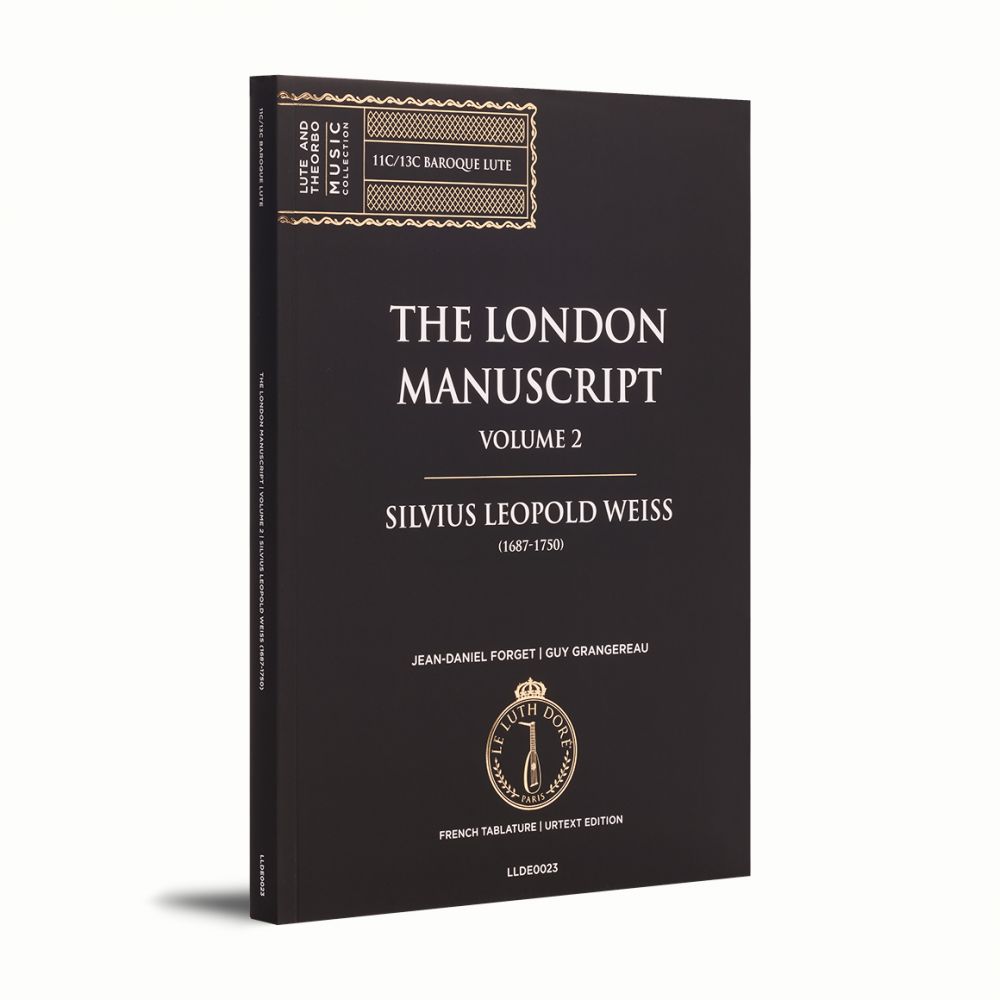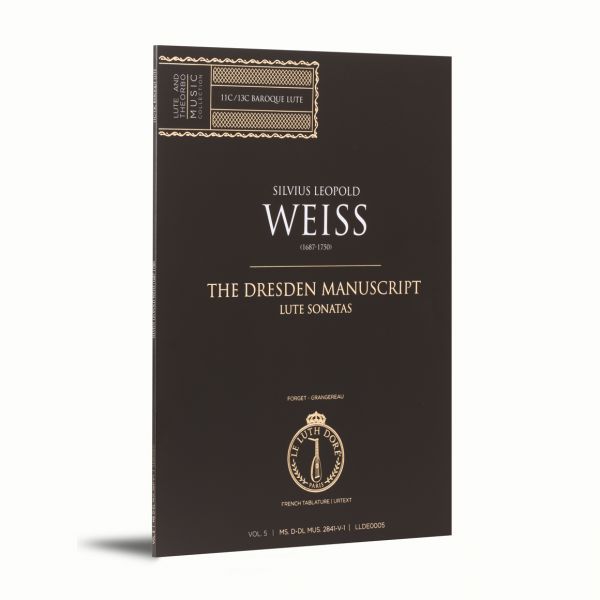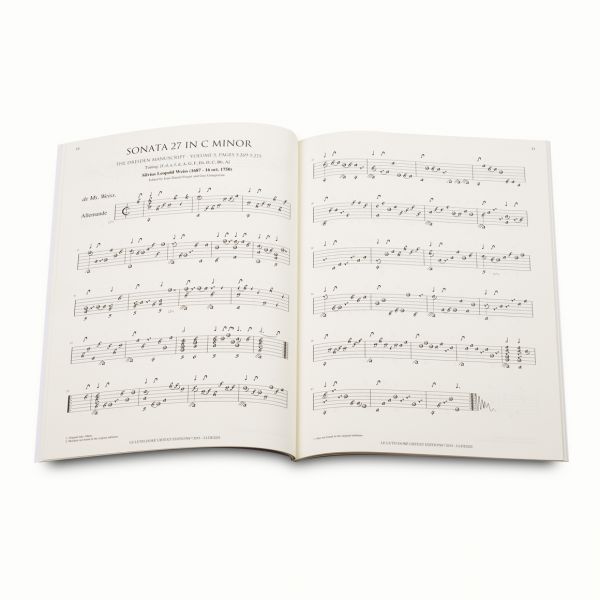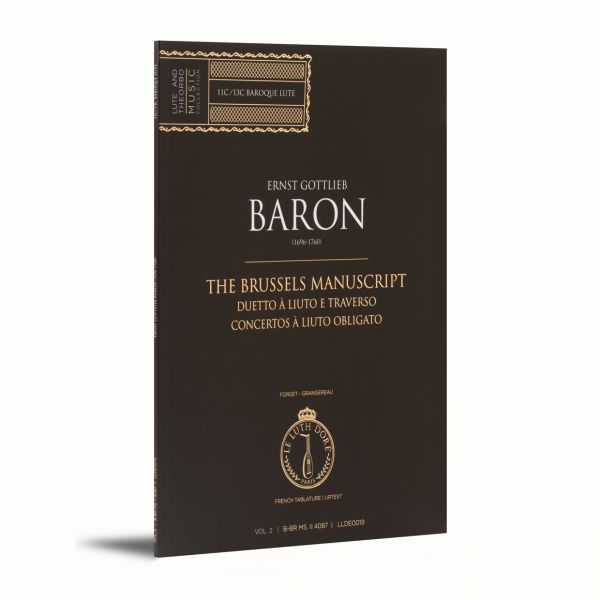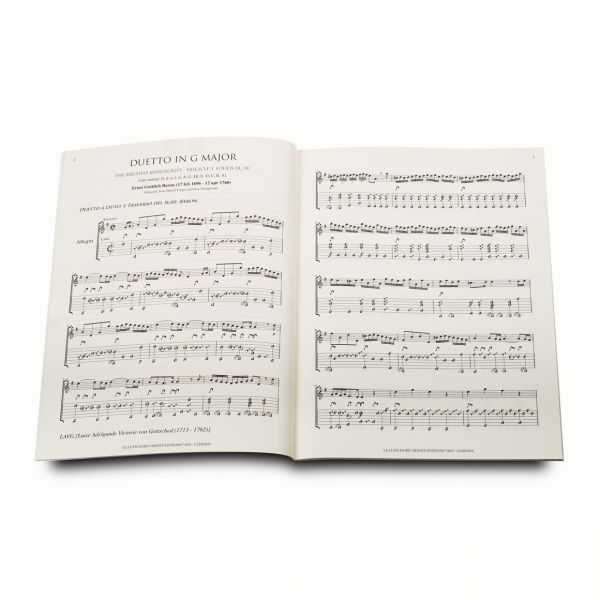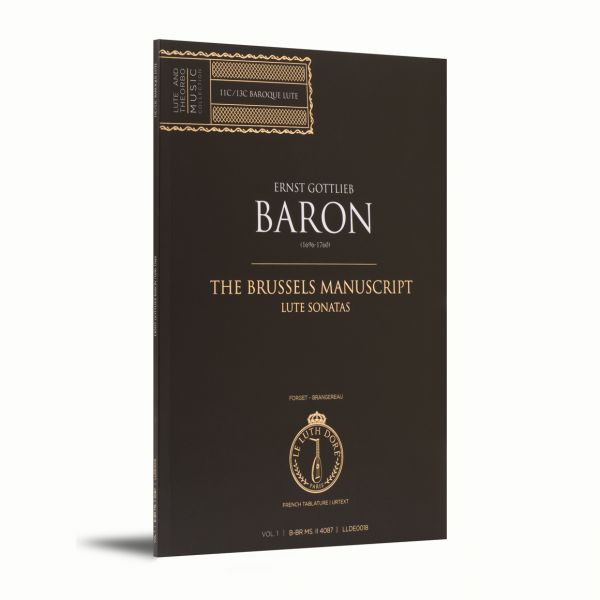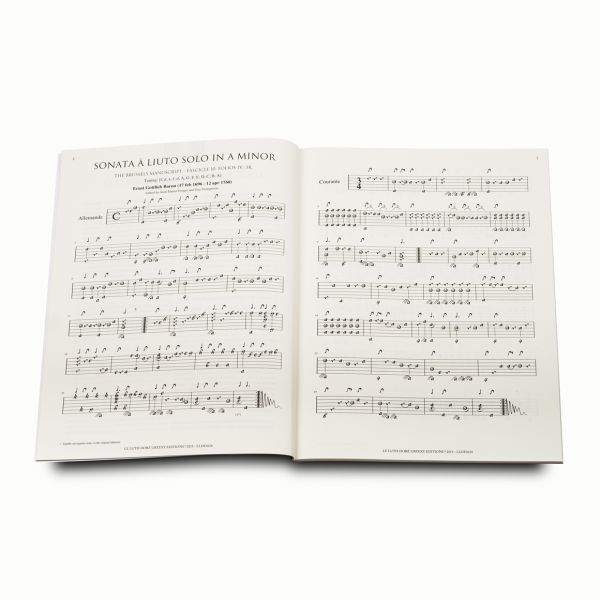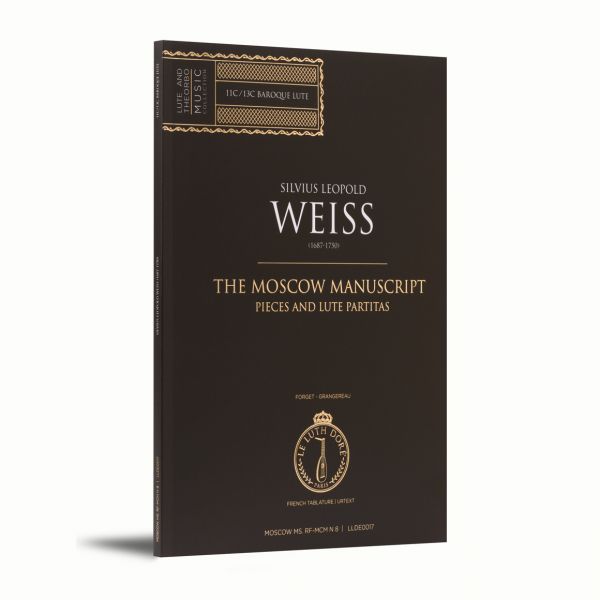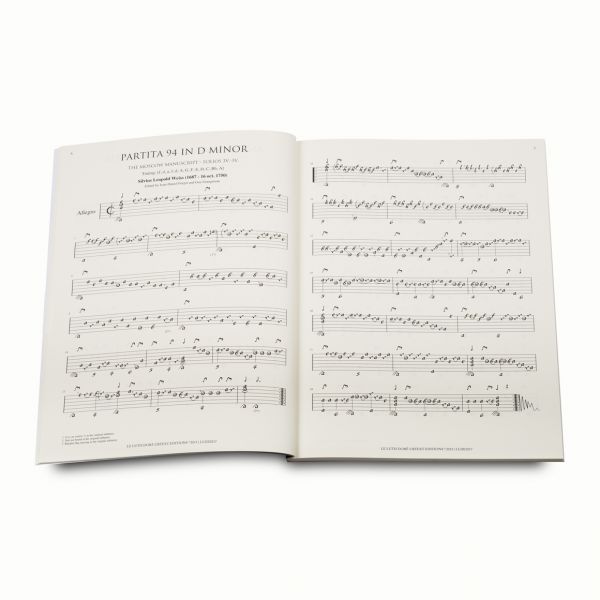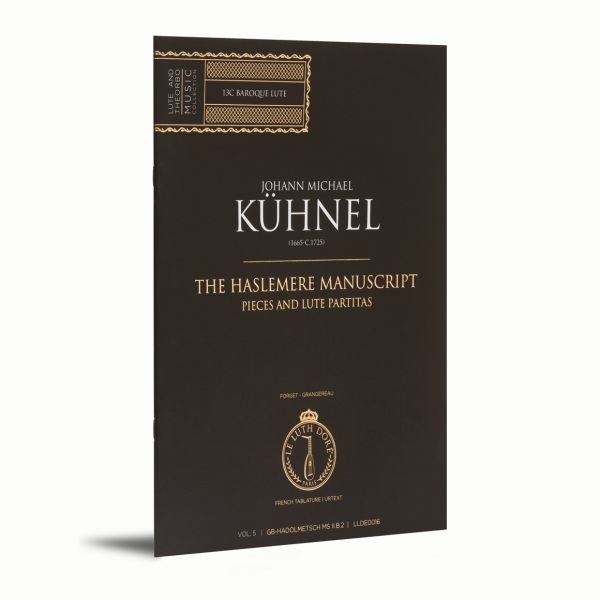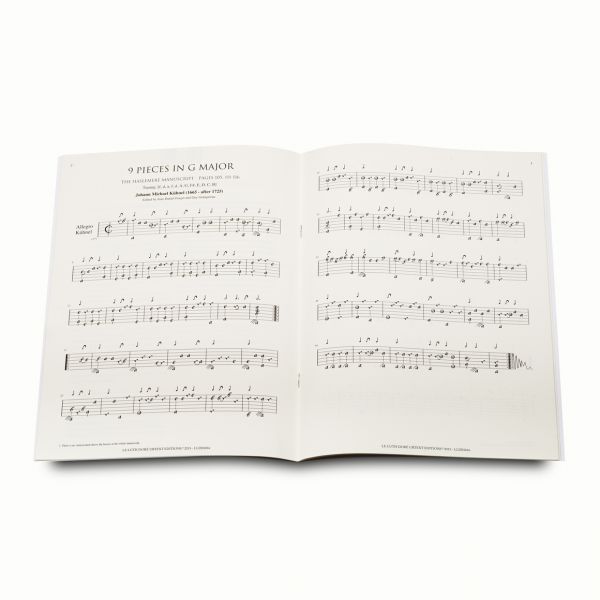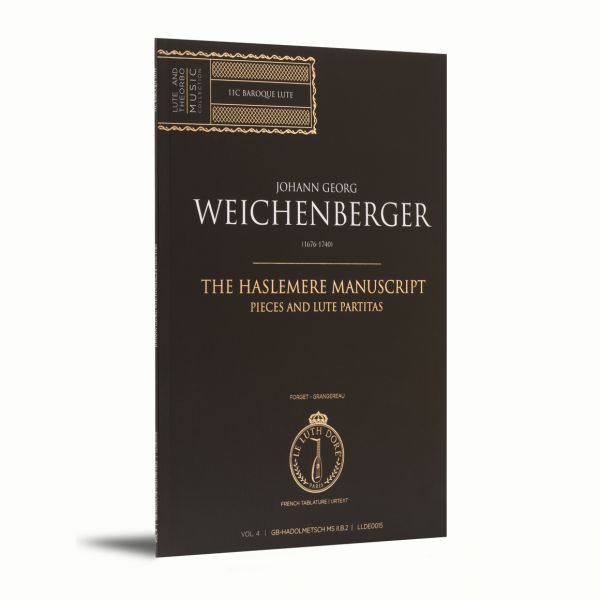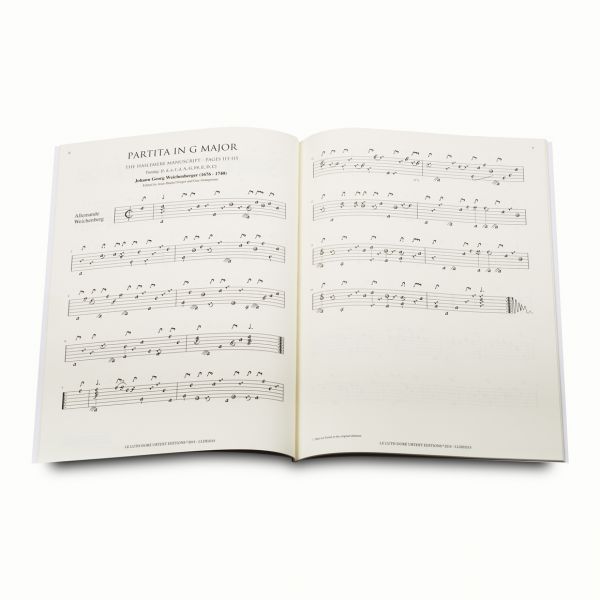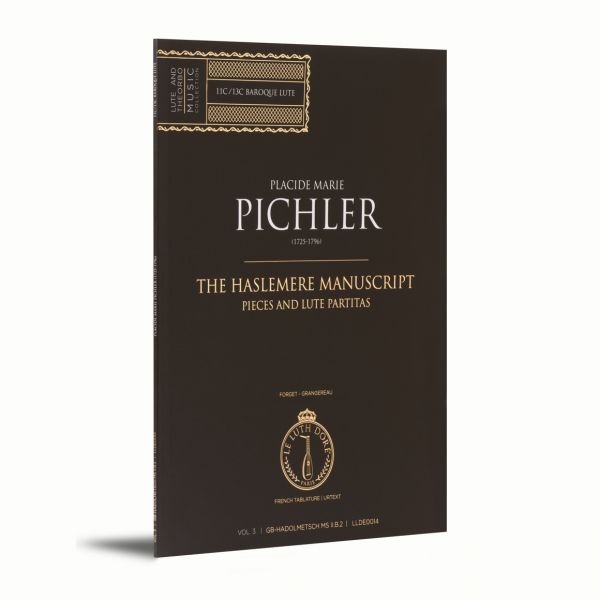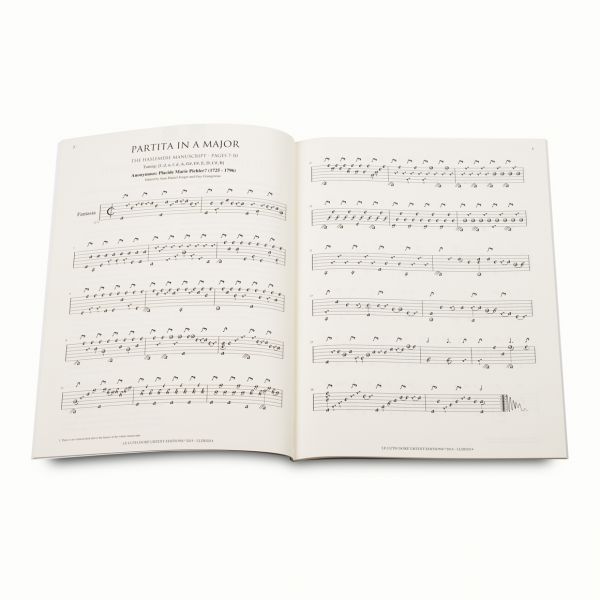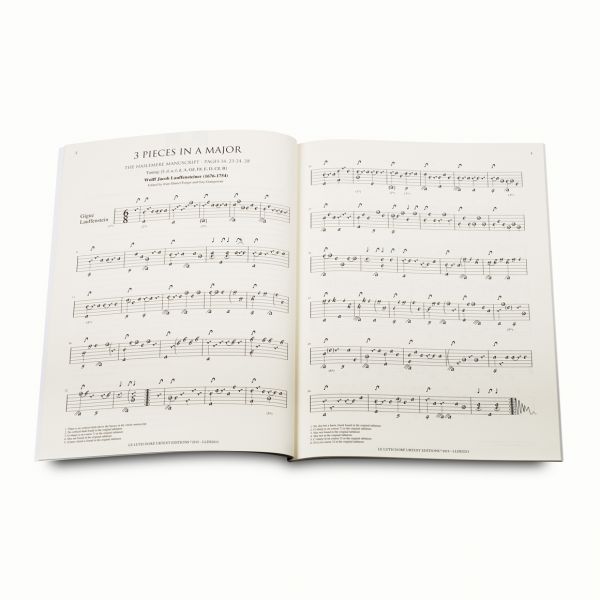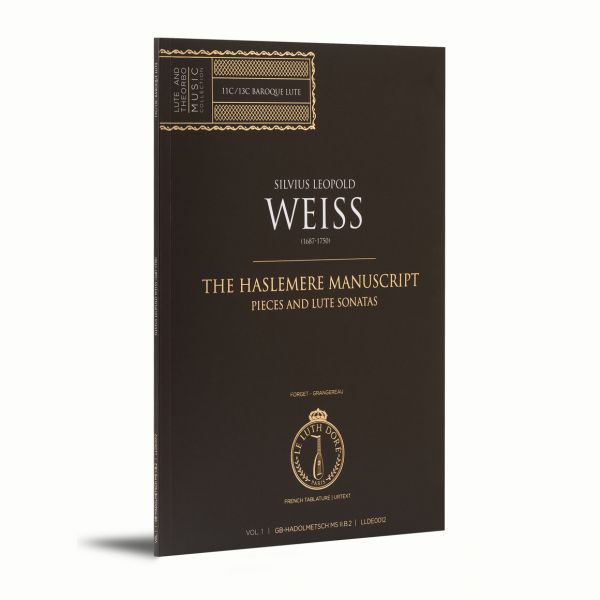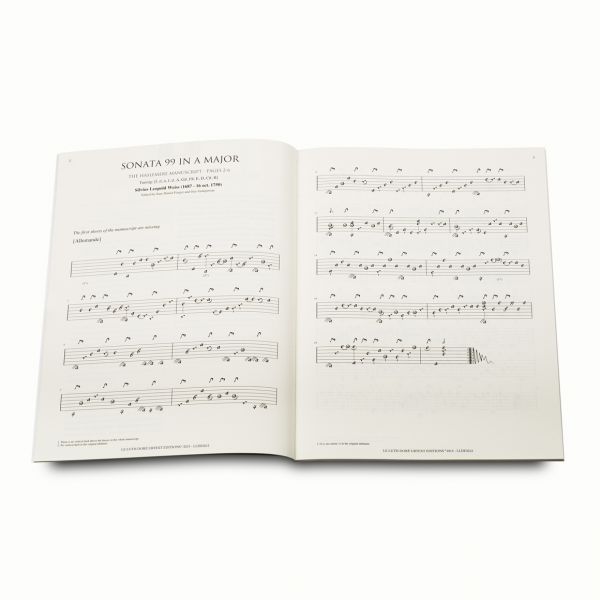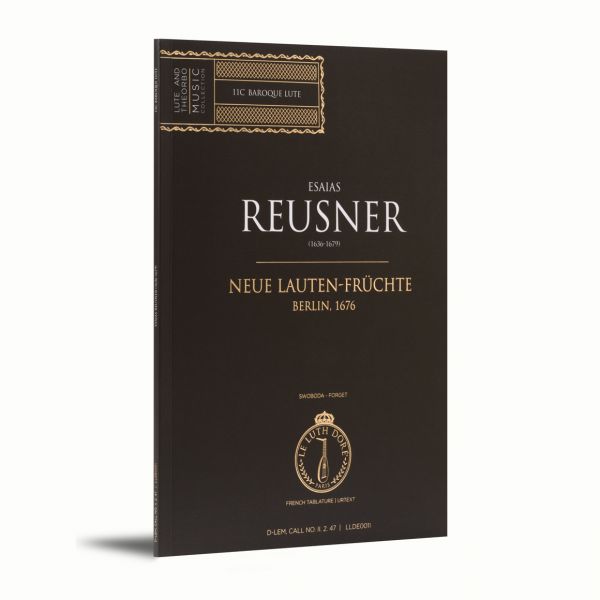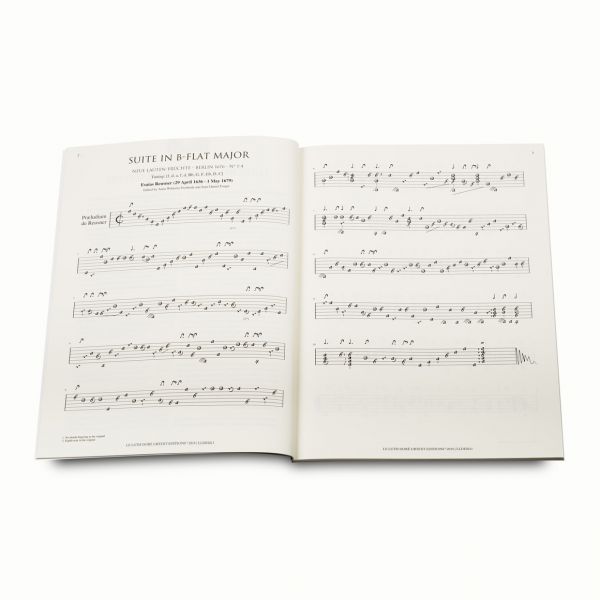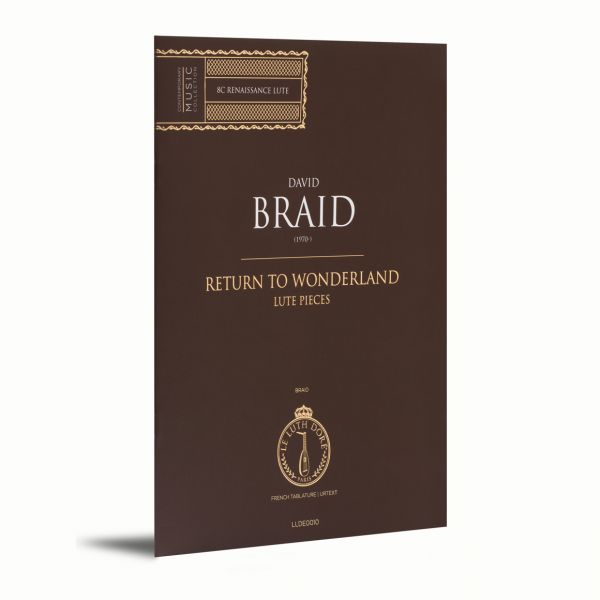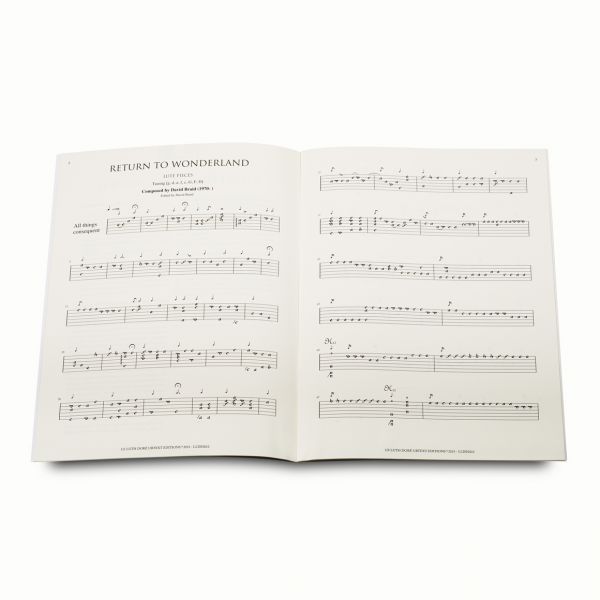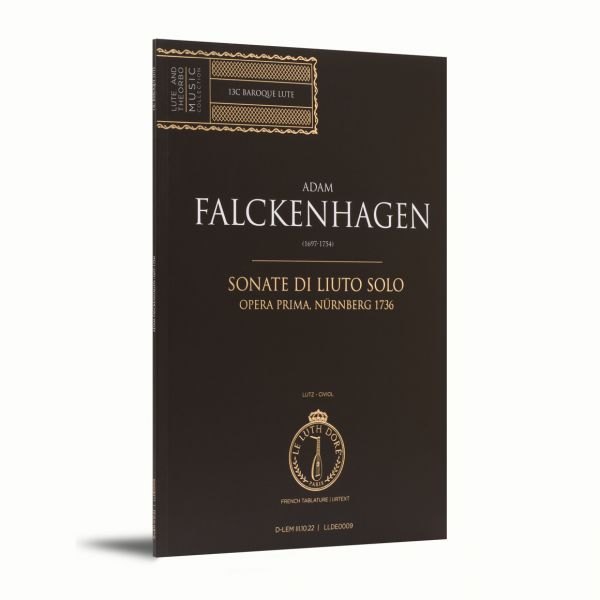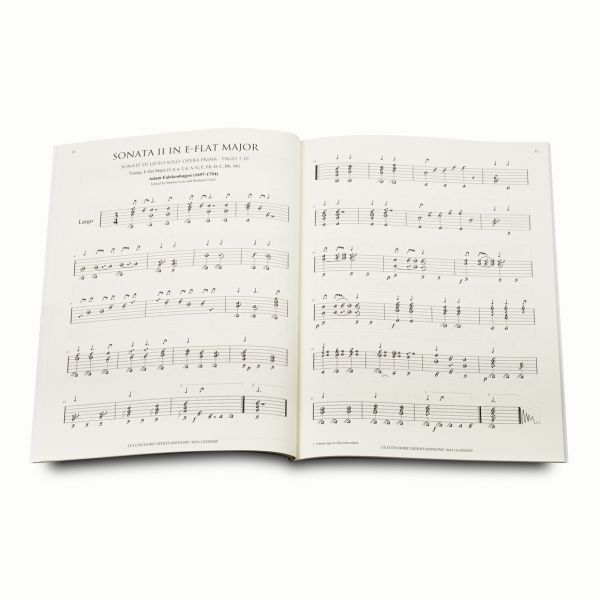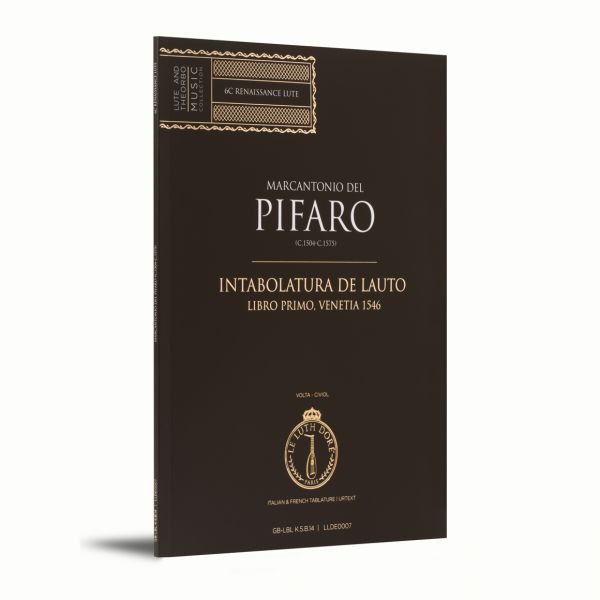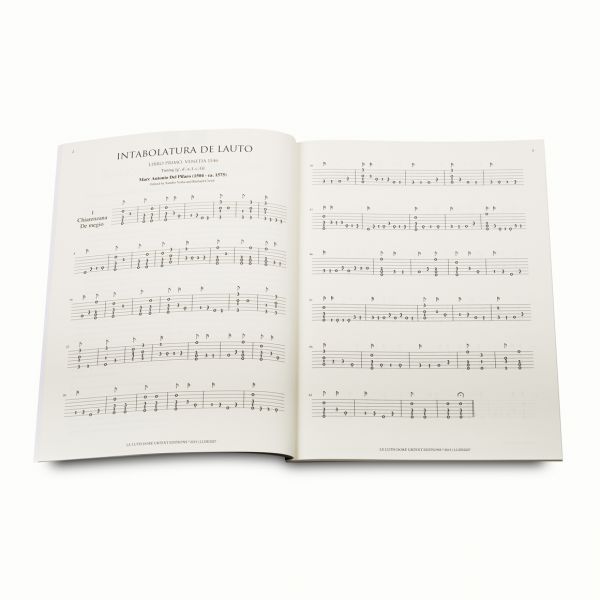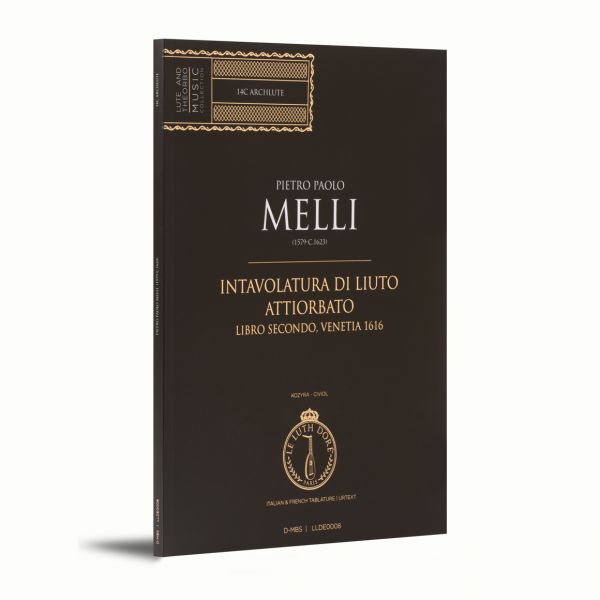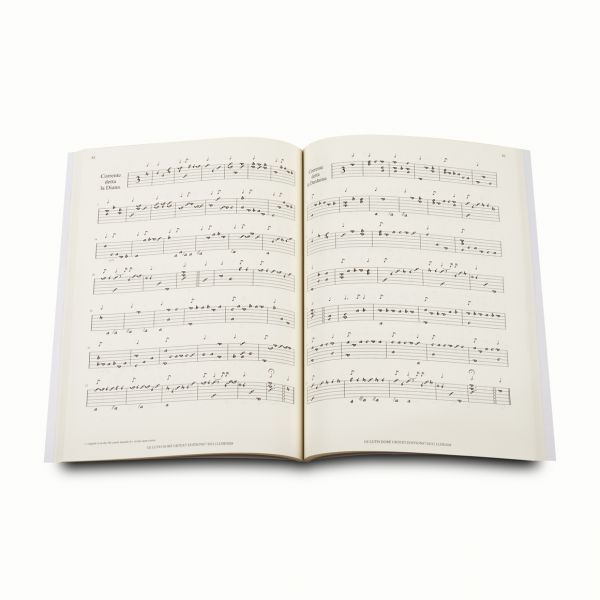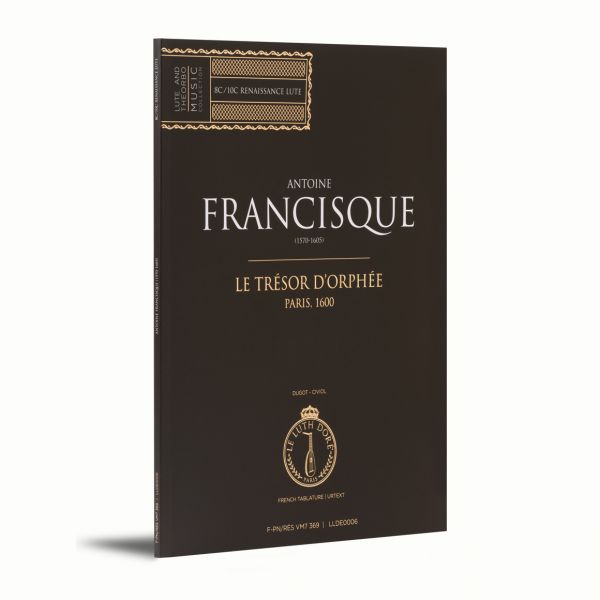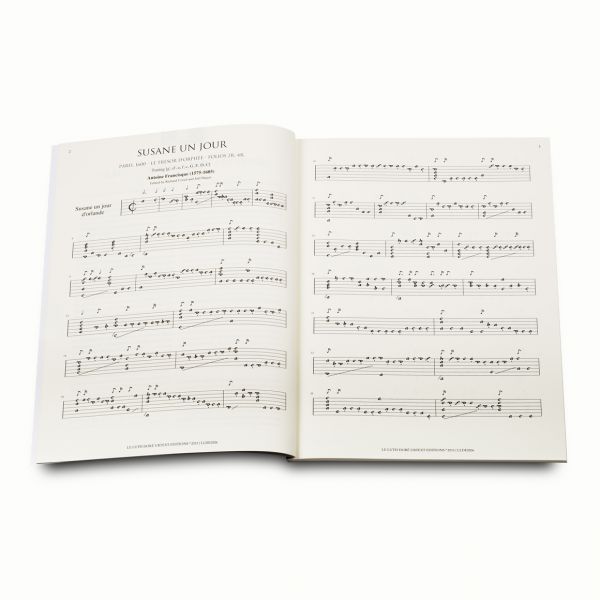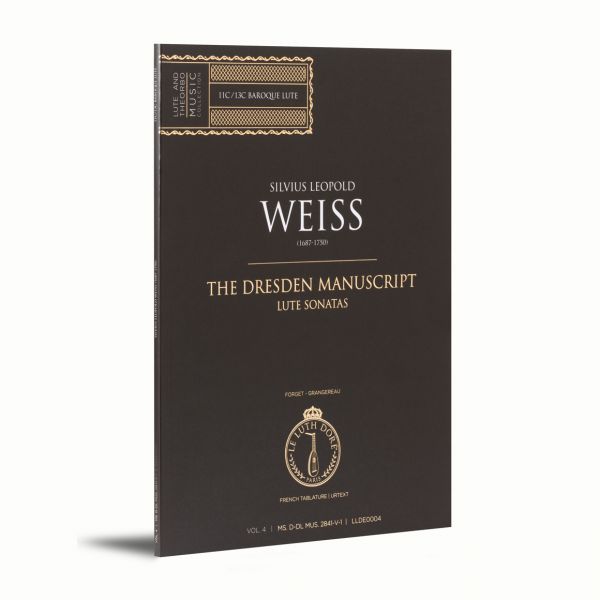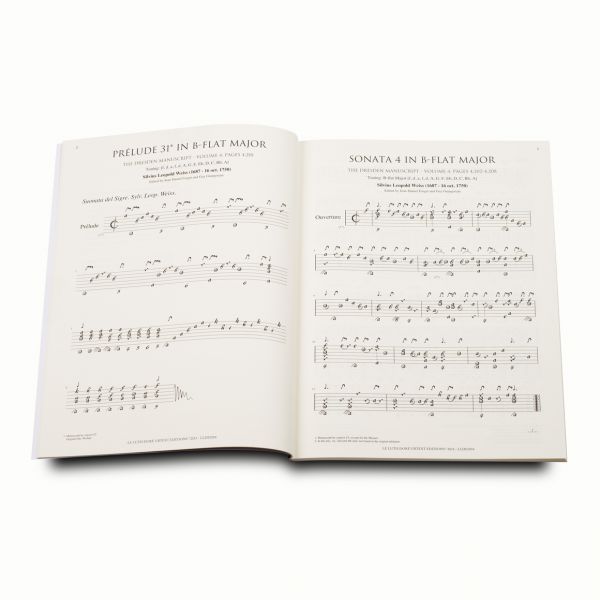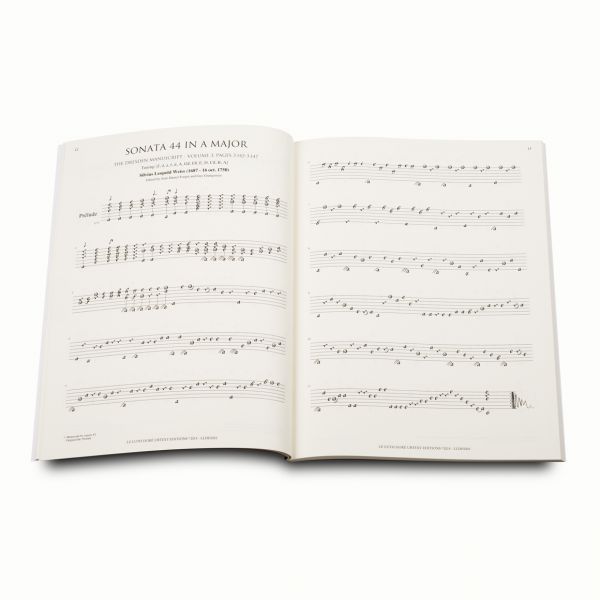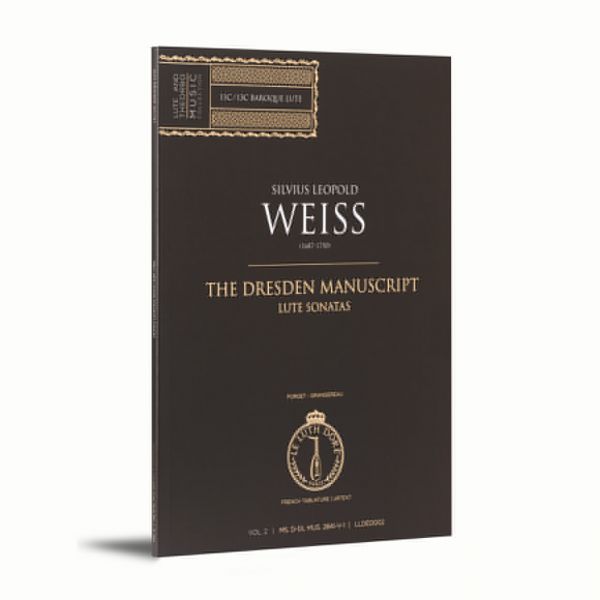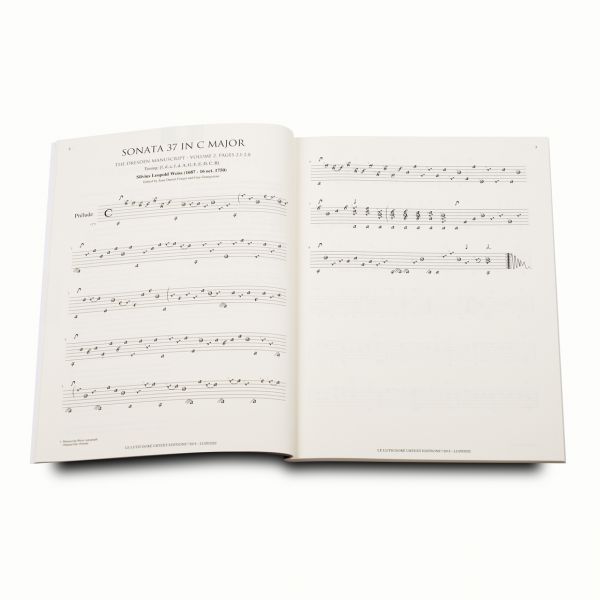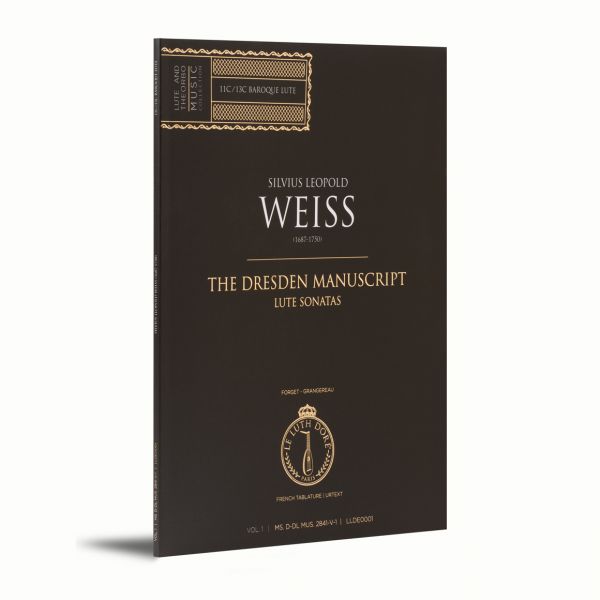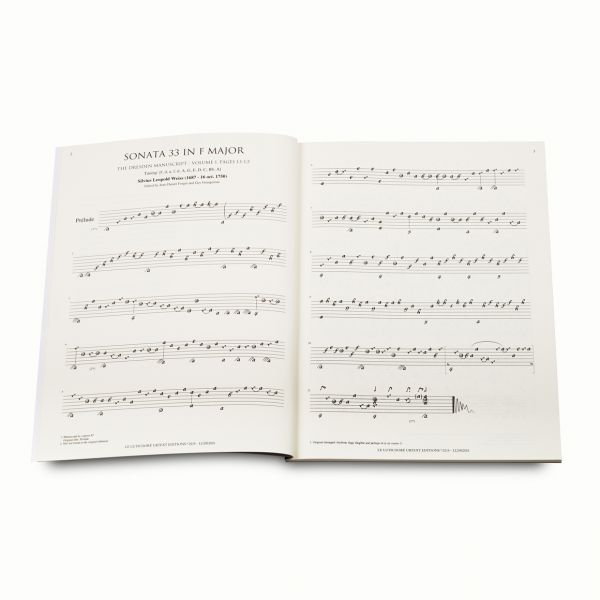The London Manuscript
The “London Manuscript” is an assemblage of 317 pages of tablature for 11, 12 or 13-course baroque lute, all written in French tablature. With very few exceptions, all the compositions are by Silvius Leopold Weiss. Many of them are annotated with the composer’s name and, frequently, giving the year if not a more complete date, and often the name of the place of copying. With one exception on folio 78v where the composer himself confirmed his identity, writing “Véritable original S.L. Weis”, all other attributions are not in Weiss’ autograph hand.
The collection is held in the British Library in London. The manuscript contains 237 pieces: 26 complete solo sonatas, plus 3 preludes, 2 fugues, 1 prelude and fugue, 2 fantasies, 2 tombeau, 1 caprice, 1 overture, 1 plainte, plus some minuets, gavottes and other pieces. It also contains five other ensemble works: three four-movement Concertos for lute and transverse flute—but with the flute parts missing—and two unspecified sonatas bearing no supplementary parts or indications, but that seem most likely written to be played as an ensemble.
Examining the dates, places where copied (Prague is often named) or the annotations, especially the dedications to nobles of the city such as Count Johann Anton Losy and M. Cajetan Baron von Hartig, it can be concluded that these documents were assembled in Prague. Weiss had many friends and pupils in the city. At least three of his stays there are clearly known and documented: in 1717, in 1719, and in 1723 for the coronation of Emperor Charles VI as King of Bohemia. In addition, the composer was closely connected with the Bohemian prince Philipp Hyacinth Lobkowitz, whom he met on several occasions in Prague and Roudnice nad Labem, with whom he corresponded and to whom—both he and his wife were very fine lutenists—he dedicated works.
Within the pages of this “London Manuscript” one can recognise the writing of at least six scribes, including the composer himself. Successive and incomplete page numbers, later corrections, many in Weiss’ own hand, together with pieces—especially preludes obviously added later—indicate that the compilation was slow and done in several stages and that the collection was known to the Master.
Research by Douglas Alton Smith led him to believe that the works were collected and assembled by Johann Christian Anthoni von Adlersfeld, a member of the Prague Academy of Music. Thanks to research by Claire Madl, we know that this music lover, flautist and lutenist, was a Prague merchant who had an active business life, conducting business in various European capitals. In 1716, Johann Christian Anthoni was knighted with the title of Knight of the Empire, allowing him to add “von Adlersfeld” to his surname and to have a coat of arms. It is this coat of arms that can be seen on the cover of the London Manuscript.
Tim Crawford offers numerous explanations concerning the genesis of the London Manuscript. He presumes, for example, that the volume was compiled in Prague in three distinct phases: in 1717, 1719 and 1723, corresponding to Silvius Leopold Weiss’ visits to the city. He took part in the compilation by rereading and making corrections. On the third occasion, he not only made minor corrections to the tablatures, but also replaced lost pages.
All the tablature is ordered with great practicality and in the chronological order of the composition of the pieces. At some unknown date after 1724, given that the last third of the sonatas are undated, the period covered is thought to extend into 1724, and the estimated date of the last modifications is 1725.
A century and a half later, in 1877, the collection was acquired at auction by the British Library for two pounds (£2.00). It is now held by the Manuscript Department with the shelf mark, Additional MS 30387. This collection bears no title, but it is affectionately known among lute players as “The London Manuscript”.
The oldest pieces, dating from before 1719, are grouped together at the beginning of the manuscript, composed for 11-course lute. Some of these tablatures have amendments in their bass lines to adapt them to the 13-course lute. From 1719 onwards, the scores were written directly for this newer model of instrument.
Even if there is seldom any specific indication that the pieces are to be grouped together as sonatas, suites or partitas, the order of the pieces follow the customary order of French dance suites. Many of them also have thematic connections that make it clear they belong together as sonatas. Some thirty pieces have no key or thematic identity to link them with those around them. Inserted between the sonatas, they are foreign to them. Finally, the three sonatas bearing names such as “Concert d’un luth avec une Flute traversiere” show that these tablatures are for a lute playing with at least one other instrument whose parts have been separated and are now lost. As with two other sonatas, and a single “Largo” movement, the structure of the music shows that we are still dealing with duets or ensemble music.
In the late 1980s, Douglas Alton Smith began publishing the complete works of Silvius Leopold— Weiss Sämtliche Werke für Laute—work that was continued by Tim Crawford and Dieter Kirsch during the following more than thirty years. They numbered the suites of dances (or suonatas or parties), with a sub-numbering of the pieces that compose them. Pieces not attached to a group were classified in another series with a number followed by an asterisk. Although this WeissSW nomenclature is not a true catalogue of works and has its weaknesses, it is currently the most common, convenient and accepted way of specifying the works of Silvius Leopold Weiss.
The sonatas of the “London Manuscript” are numbered from WeissSW1 to WeissSW32 and the single pieces are from WeissSW1* to WeissSW28*.
As sometimes the placing of slurs is imprecise in these tablatures, they have been adjusted without being reported in the commentary. Readers are invited to refer to the original to make their own decisions. All added slurs, however, are reported.
Based on the number, diversity and quality of the pieces contained within, the “London Manuscript” constitutes a considerable contribution to our knowledge of lute music in the early eighteenth century. The Baroque period with its austere counterpoint period came to an end, giving way to the gallant style that was newly born and developing. It should be remembered, however, that this manuscript contains less than half of the known works of Silvius Leopold Weiss that we know. Many are gathered in manuscripts left to us by various lutenists who were friends, followers or students of the Master.
© 2021 Jean-Daniel Forget | Le Luth Doré ®









